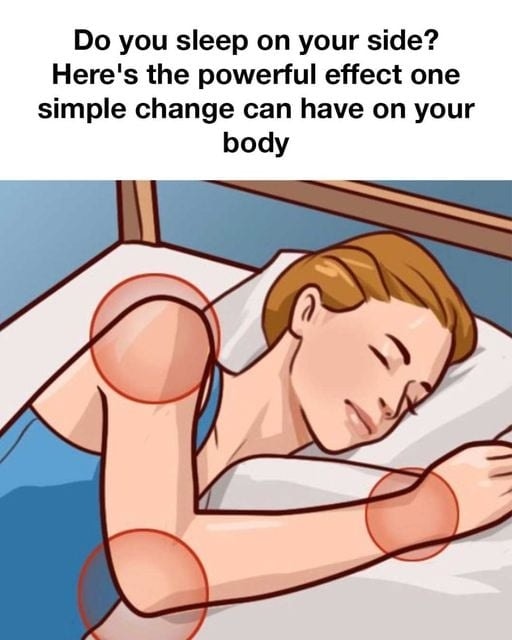How Your Sleeping Position Impacts Your Health
How do you fall asleep? On your back, your side, or stomach-down? Maybe you curl up like a little ball or stretch out and take over the bed. No matter your style, one thing is certain: sleep is essential for your health. Without enough rest, your body suffers. But what many people don’t realize is that how you sleep can affect the quality of your rest.
So, what is the best position for a good night’s sleep? Let’s explore.
The Fetal Position: Safe and Comfortable
The fetal position—curled on your side—is the most popular choice, used by four out of ten people. It generally promotes healthy sleep, especially for pregnant women or anyone with lower back pain.
Why it works:
-
Keeps the spine in a natural alignment
-
Reduces snoring
-
Improves circulation for pregnant women when lying on the left side
Tips:
-
Keep your posture loose to breathe deeply
-
Avoid curling too tightly to prevent joint pain
-
Use a pillow between your knees for added hip support
Sleeping on Your Side (The Log)
The “log” position involves lying on your side with arms down close to your body. About 15% of people sleep this way.
Benefits:
-
Helps prevent sleep apnea
-
Reduces snoring
-
Keeps spine and neck aligned
-
Left-side sleeping may improve digestion
Potential drawbacks:
-
Can cause shoulder stiffness or jaw tension
-
May contribute to wrinkles over time
Tips:
-
Use a firm, supportive pillow for your head
-
Place a pillow between your legs to align hips and lower back
Lying on Your Stomach (The Free Fall)
Sleeping on your stomach, arms under or beside your pillow, is called the freefall.
Drawbacks:
-
Can strain neck and lower back
-
Makes it harder to fall asleep comfortably
-
Increases tossing and turning
Tips to reduce strain:
-
Use a thin or no pillow
-
Place a pillow under your pelvis
Sleeping on Your Back (The Soldier)
The soldier position involves lying flat on your back with arms at your sides.
Benefits:
-
Can reduce back pain if done correctly
-
Maintains natural spine alignment
-
May prevent wrinkles
Drawbacks:
-
Increases risk of snoring and sleep apnea
-
May cause lower back discomfort without proper support
Tips:
-
Use a supportive pillow for your head
-
Place a pillow under your knees to improve spine alignment
-
If you snore or have sleep apnea, try side sleeping instead
The Starfish Position
This variation of back sleeping spreads your arms and legs outward.
Benefits:
-
Keeps spine aligned with a firm mattress
-
Pillow under the knees helps support the back
Drawbacks:
-
Can increase snoring and sleep apnea
Should You Change Your Sleeping Position?
Ask yourself: are you waking up tired or with aches? Small adjustments—like adding pillows—can make a big difference.
Tips for better sleep:
-
Be patient if changing positions; it takes time
-
Reduce caffeine and increase daily exercise
-
Create a calming bedtime routine
If your current position works for you, keep it. But if discomfort or poor sleep persists, experimenting with your position could improve your health and rest.
